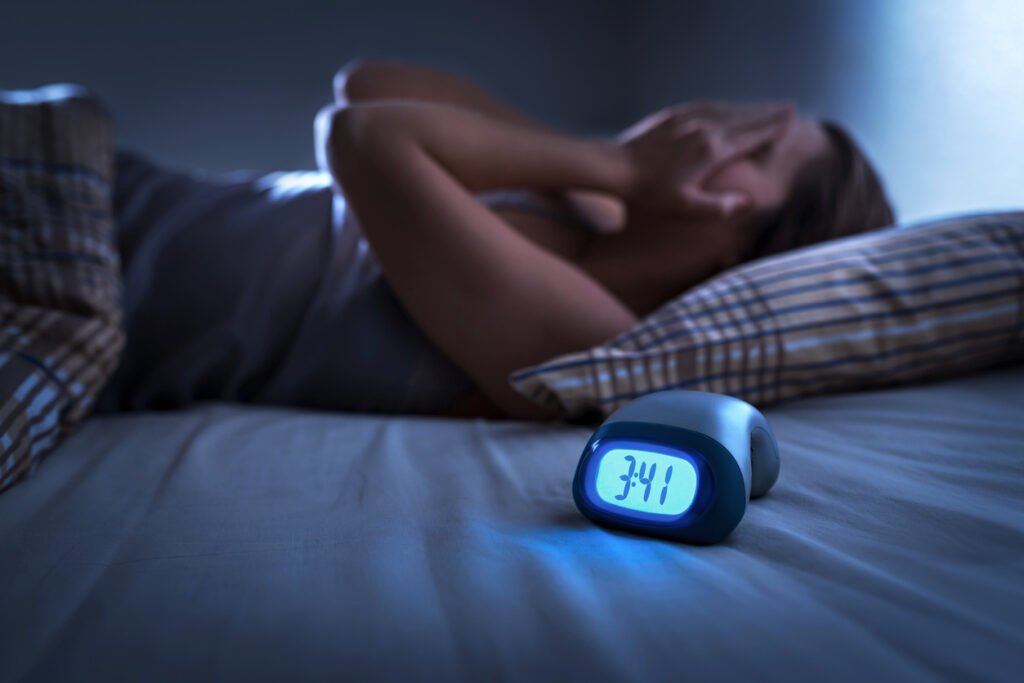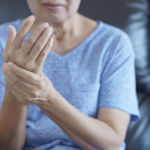Introduction: A Hidden and Devastating Sleep Disorder
Sleep-related eating disorder (SRED) is one of the most disruptive parasomnias, affecting both physical health and daily functioning. For decades, individuals like Jill struggled in silence, consuming large quantities of food unconsciously during the night without realizing it. This disorder goes far beyond occasional snacking, as it involves repeated episodes of night eating, often of unhealthy, highly processed foods, which can lead to weight gain, nutrient deficiencies, and emotional distress. Understanding SRED is essential for early recognition, treatment, and the prevention of long-term complications.
What Is Sleep-Related Eating Disorder?
Sleep-related eating disorder is a complex parasomnia where individuals eat during partial arousals from sleep. Unlike typical snacking behaviors, SRED occurs in a state of mixed consciousness, where the person is partly asleep and unable to fully control or recall their actions. Experts classify SRED alongside other parasomnias, including sleepwalking, night terrors, and sexsomnia, but it is considered uniquely challenging due to its nutritional and emotional impact.

The Real-Life Impact: Jill’s Story
Jill’s experience highlights the severity of SRED. From middle school to adulthood, she would awaken to find herself surrounded by wrappers and containers of food, often eating an entire box of cookies or multiple bowls of cereal in one night. This behavior led to chronic fatigue, poor nutrition, and social embarrassment. Many medical professionals initially misunderstood her symptoms, attributing them to stress or poor habits rather than recognizing the parasomnia.
The Physiological Mechanism
During deep sleep, particularly delta sleep, the central nervous system may partially awaken while cognitive control remains suppressed. This mixed state allows unconscious behaviors, like compulsive eating, to occur. Individuals are often unable to exercise restraint, potentially consuming allergenic or high-calorie foods, which can worsen diabetes, hypertension, or obesity. https://www.medlink.com/articles/sleep-related-eating-disorder?
Risk Factors and Demographics
- Gender Differences: SRED predominantly affects females, while other parasomnias, like sexsomnia, are more common in males.
- Dietary Restriction: Limited daytime caloric intake may exacerbate nighttime eating behaviors.
- Age and Sleep Patterns: Onset often occurs in adolescence or early adulthood, and frequency can increase with stress or disrupted sleep schedules.
Diagnosis and Challenges
Identifying SRED can be difficult. Patients may be unaware of their nighttime behaviors, and traditional consultations may overlook the disorder. Lab-based sleep studies, which monitor movements and neurological activity, remain the gold standard. Diagnosis often involves:
- Detailed patient history
- Reports from bed partners or family members
- Polysomnography (overnight sleep monitoring)
- Assessment for comorbid conditions like RLS or sleep apnea
Treatment Approaches
Treatment for SRED is multi-faceted and individualized. Experts recommend combining medical, behavioral, and environmental strategies:
- Medication: Pharmacological interventions may include dopaminergic agents for RLS, anti-seizure medications, or selective serotonin reuptake inhibitors.
- Behavioral Therapy: Cognitive behavioral therapy (CBT) and habit reversal strategies can reduce episodes.
- Sleep Hygiene: Regular sleep schedules, stress reduction, and limiting trigger foods in the bedroom or kitchen.
- Environmental Safety: Securing kitchen items, locking cabinets, and creating safe sleep environments.
Treatment success is challenging; studies suggest roughly two-thirds of patients respond positively, though individualized strategies can improve outcomes.
Real-Life Recovery and Management
Patients like Jill demonstrate that with the right combination of medications, therapy, and environmental adjustments, SRED can be managed effectively. Jill’s restless legs syndrome and sleep-related eating disorder are largely controlled, allowing her to enjoy normal family life and maintain a healthier diet. Her story underscores the importance of advocacy, persistence, and finding knowledgeable healthcare providers.
Psychological and Emotional Impacts
- Shame and stigma related to nighttime eating
- Anxiety about sleep and weight gain
- Social withdrawal or embarrassment
- Strain on family relationships
Support groups and counseling can help patients navigate these challenges while reinforcing behavioral interventions.

Future Directions in Research
- Neuroimaging to identify brain regions involved in SRED
- Genetic links to parasomnias and eating disorders
- Novel pharmacological treatments targeting neurological triggers
- Long-term outcomes and quality-of-life improvements
Increasing awareness among clinicians and patients is essential for early detection and improved treatment efficacy.
Advocacy and Awareness
Patients must advocate for themselves, as Jill did. Seeking second opinions, requesting lab sleep studies, and researching treatment options are critical steps. Awareness campaigns and professional education can reduce stigma and ensure patients receive appropriate care.
Conclusion
Sleep-related eating disorder is a complex, often misunderstood condition that requires multidisciplinary care. Through patient advocacy, proper diagnosis, tailored treatment, and support, individuals can regain control over their nighttime behaviors, improve overall health, and enhance quality of life.




